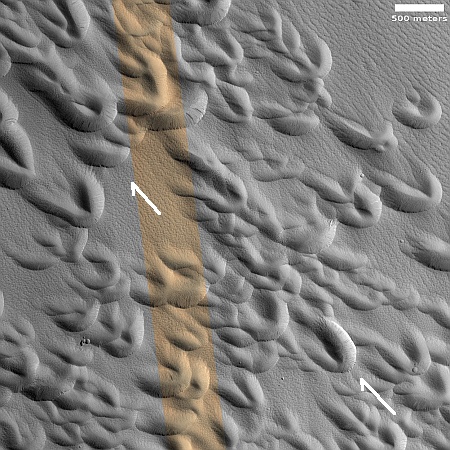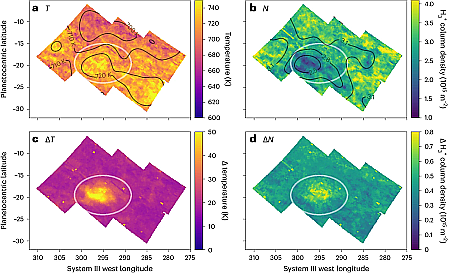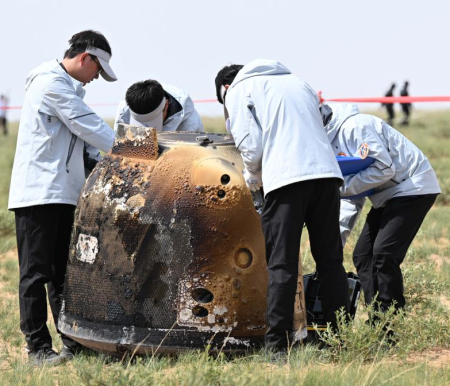Breakup of defunct Russian satellite forces astronauts on ISS to retreat to lifeboat capsules
Because an old and defunct Russian Earth-observation satellite broke up into about 100 pieces as it began falling back to Earth on June 26, 2024, the astronauts on ISS spent an hour or so today sheltering in the three manned capsules (Endeavour, Starliner, and Soyuz) docked to ISS just in case one of those pieces hit the station.
Nothing hit the station, and the astronauts resumed their normal activities.
One wonders it this action was done simply out of normal caution, or if NASA officials did it to show their confidence in using Starliner as a lifeboat and thus help stem some of the bad publicity the agency is getting for the repeated delays in returning Starliner and its crew back to Earth. I don’t know the exact altitude in which that satellite broke up, but such things usually happen when a satellite dips below 100 miles, well below ISS’s present orbit. If so, there was absolutely no danger at all, and the retreat to the capsules was pure show.
Because an old and defunct Russian Earth-observation satellite broke up into about 100 pieces as it began falling back to Earth on June 26, 2024, the astronauts on ISS spent an hour or so today sheltering in the three manned capsules (Endeavour, Starliner, and Soyuz) docked to ISS just in case one of those pieces hit the station.
Nothing hit the station, and the astronauts resumed their normal activities.
One wonders it this action was done simply out of normal caution, or if NASA officials did it to show their confidence in using Starliner as a lifeboat and thus help stem some of the bad publicity the agency is getting for the repeated delays in returning Starliner and its crew back to Earth. I don’t know the exact altitude in which that satellite broke up, but such things usually happen when a satellite dips below 100 miles, well below ISS’s present orbit. If so, there was absolutely no danger at all, and the retreat to the capsules was pure show.






